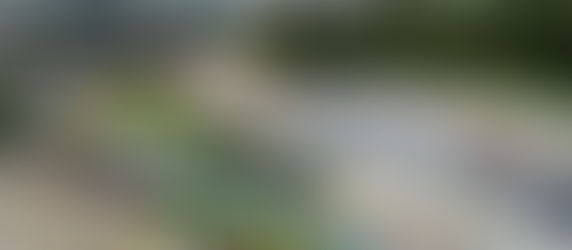top of page
Blog

Search


The Cross Island Line on a hill
Work has started on the Cross Island Line, Singapore’s eighth Mass Rapid Transit (MRT) line which will roll out from 2030. This is the...
Dec 5, 2022


The Cheng San Market & Cooked Food Centre Tua Pek Kong Shrine
Whenever I visit a hawker centre for the first time to have a meal, I also search for its shrine. For every hawker centre, there is a...
Dec 3, 2022


Thomson-East Coast Line Stage 3
Last August, Stage 2 of Singapore’s sixth Mass Rapid Transit line opened with six stations. Yesterday, Stage 3 opened with 11 stations....
Nov 14, 2022
bottom of page